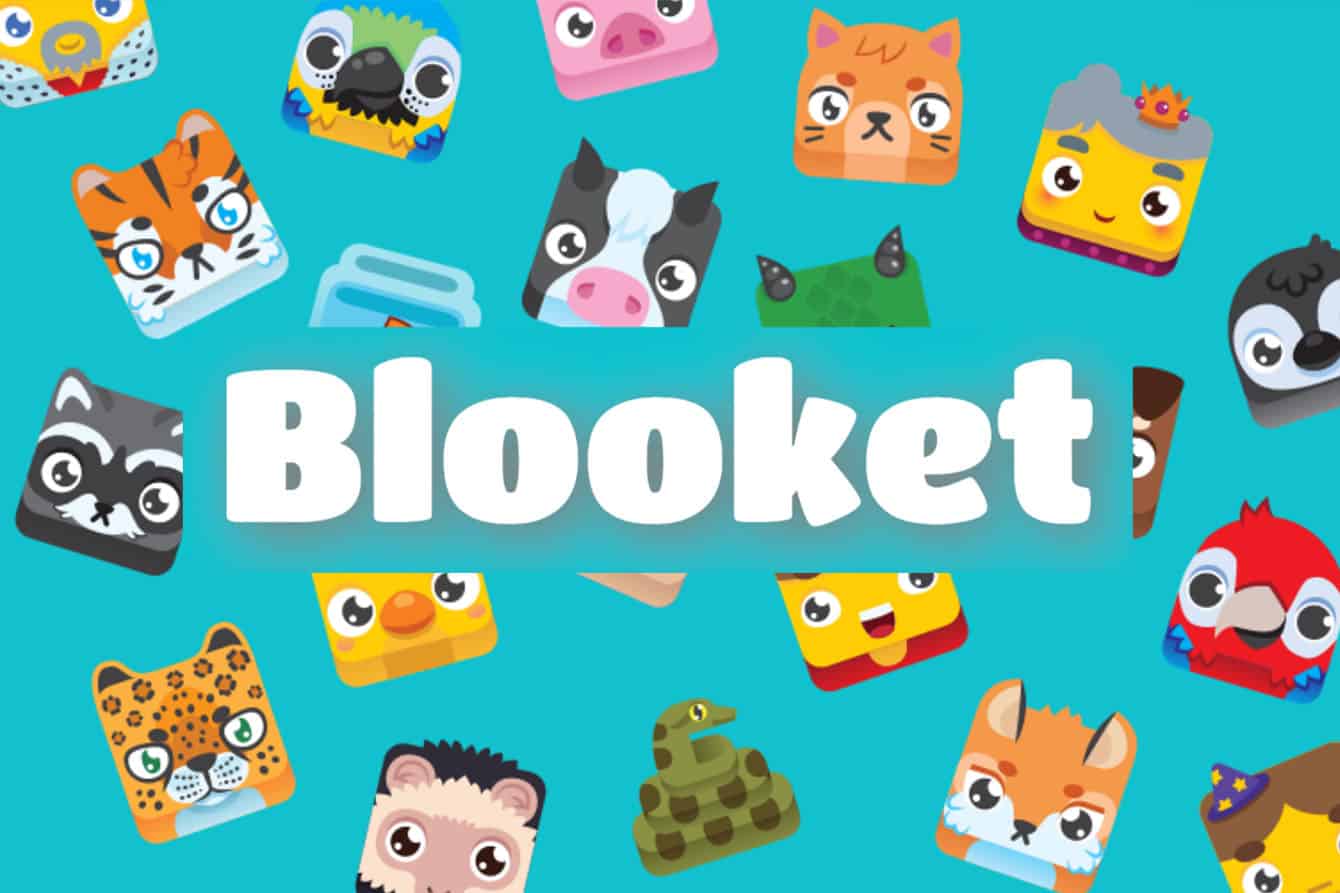Creative Teachings: Engaging Kids with Modern Bible Object Lessons

Table of Contents:
- Key Takeaways
- Understanding the Importance of Bible Object Lessons in Today’s Kids Ministry
- How to Create Modern Bible Object Lessons That Captivate Young Minds
- Examples of Modern Object Lessons for Different Age Groups
- Integrating Technology and Media into Bible Object Lessons
- Ensuring Accessibility and Inclusivity in Lesson Plans
- Measuring the Impact: Feedback and Iteration in Kids Ministry
- Finding Resources and Training for Modern Bible Lesson Planning
Key Takeaways:
- The active use of object lessons makes biblical teachings more engaging for the digital-native generation.
- Incorporating technology serves as an educational enhancer and a bridge to the modern world for children.
- Iterative lesson planning, informed by student feedback, refines educational strategies and fosters inclusiveness.
- Many resources are available to support educators in pursuing dynamic and impactful biblical teachings.
Understanding the Importance of Bible Object Lessons in Today’s Kids Ministry
In the highly visual and interactive world children grow up in today, traditional didactic teaching methods often fall short in capturing attention and invigorating the imagination. Object lessons for kids bridge the abstract concepts presented in scripture and the concrete reality kids understand. By using physical items that children interact with daily, these lessons provide a multisensory experience that aids in comprehending and retaining spiritual truths. Moreover, this approach aligns well with pedagogical research, which suggests that children learn best when they are actively engaged through their senses and can relate new information to what they already know.
How to Create Modern Bible Object Lessons That Captivate Young Minds
To make Bible teachings resonate with young individuals, one must look at the world through their eyes. Finding recognizable themes within their day-to-day life anchors the lessons in reality. Employing everyday items as vehicles for these lessons facilitates a deeper understanding of biblical principles and demonstrates their relevance in present times. For instance, a jar of clay can represent individual uniqueness in God’s creation or the idea of inner transformation while remaining outwardly unchanged—a spectacular visual metaphor that can speak volumes to a child.
1. Identifying Themes Relevant to a Child’s Everyday Life
Relating the Bible’s teachings to concepts that children confront or interact with regularly ensures that the lessons are understood and carried into their daily lives. This alignment makes the teachings accessible and easily applicable. When children learn about faith, hope, and love through the lens of family relationships, school experiences, and their digital lives, they begin to see how these biblical virtues play out in real-world scenarios.
2. Selecting Contemporary Objects They Can Relate To
Selecting objects that children are conversant with can bridge the gap between ancient texts and the modern era. Using a glow stick to represent Jesus as the light of the world not only encapsulates the concept but also creates a vivid memory. When children crack a glow stick and watch it light up the room, they can correlate this action with the Christian call to let their lights shine before others, as stated in the Sermon on the Mount.
3. Designing Interactive and Memorable Activities
Hands-on experience is paramount in modern object lessons. Activities involving building, rearranging, or transforming objects help children better grasp the concepts taught. This could be as meta as using building blocks to represent the spiritual enlightenment of character, aligning perfectly with the biblical metaphor of Christians being God’s building.
Examples of Modern Object Lessons for Different Age Groups
Creating lessons corresponding to various age groups’ developmental stages and interests is fundamental for the content to be impactful. For instance, preschoolers might find understanding and excitement in a lesson that uses bright-colored Play-Doh to communicate the creation story. Meanwhile, older kids might be more captivated by a science experiment demonstrating principles such as redemption and transformation, mirroring the Christian concept of being ‘born again.’
Integrating Technology and Media into Bible Object Lessons
The intentional use of technology in teaching can further deepen engagement and understanding. A well-crafted video, for example, can illustrate a parable or a historical biblical event in vivid detail that speaks to the visual learning styles many children exhibit. Children can explore ancient narratives through a fresh, contemporary lens through this fusion of technology and education. The potential for harnessing apps, video games, and other forms of interactive media in conveying biblical messages is vast, as they provide contextually rich environments for children to explore their faith.
Ensuring Accessibility and Inclusivity in Lesson Plans
Accessibility in religious education is of paramount importance. Every child, regardless of ability or background, should be able to engage with and understand the teachings offered. Adapting lessons to be inclusive involves simple but significant changes, such as providing materials in braille for the visually impaired or ensuring that lesson narratives include diverse cultural perspectives. This inclusivity reflects the Christian principle of love and acceptance for all.
Measuring the Impact: Feedback and Iteration in Kids Ministry
One of the critical aspects of modern educational practices is the implementation of a cycle of feedback and improvement. This approach is particularly relevant in the realm of kids’ ministries, where the effectiveness of a teaching method may ebb and flow over time and with different groups. Collecting feedback through conversations, digital surveys, and observational techniques allows instructors to gain insights into the efficacy of their lessons, leading to improvements that make future teachings more effective and impactful.
Finding Resources and Training for Modern Bible Lesson Planning
The journey toward creating engaging and meaningful object lessons is ongoing; educators do not have to walk it alone. Established networks, training seminars, and online platforms provide valuable support and inspiration. These resources offer fresh perspectives and practical advice, enhancing the educator’s toolkit and breathing new life into the timeless narratives of the Bible.






